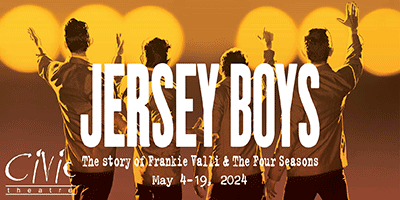THE GREAT OUTDOORS
(Taken from DNR report)
INDIANA DEER HARVEST REPORT
Deer check stations around Indiana reported 2,537 deer taken by archery hunters in the first week of archery season (Oct. 1-7). “Deer hunters are having a typical season so far,” said Zach Walker, DNR wildlife research biologist. “We will have better information about deer harvest trends as the season continues and we get reports from more check stations.”
Walker predicts that bow hunters will take around 21,000 deer in the early archery deer-hunting season, which runs Oct. 1 through Dec. 2. Visit the DNR Division of Fish and Wildlife website at: wildlife.IN.gov
For information on hunting in Indiana, see the 2001-2002 DNR Hunting and Trapping Guide, available where hunting licenses are sold, or see: www.IN.gov/dnr/fishwild/huntguide1/hunting1.htm
DEER XING WARNING
Indiana drivers are more likely to be involved in collisions with deer during the fall months, reports DNR deer research biologist Zach Walker. “The work commute and the deer commute tend to coincide during the fall,” said Walker. “More cars and more deer are moving at sunrise and sunset.”
White-tailed deer travel more during fall due to breeding activities and changes in their food sources. Male deer are actively seeking does, while female deer not ready to breed often run from lovesick bucks. The corn harvest also reduces cover and changes food sources for deer. Walker says Indiana State Police accident records show more than half of the car accidents involving deer each year occur in the last three months of the year.
For three years running, Marion and Tipton Counties reported the fewest number of deer/motor vehicle accidents per billion miles traveled. Ohio and Pulaski counties had the most. Union, Noble and Starke counties were often in the top part of this list. The last deer/car accident statistics available from the Indiana State Police were from 1999.
The DNR suggests some precautions to help motorists avoid collisions with deer:
Slow down around dawn and dusk.
Scan the roadside for deer (often their eyes will reflect headlights). If a deer is grazing along the road, the animal could easily dart into traffic.
Deer often travel in groups, so seeing one deer may mean that others are nearby.
Look for deer crossing signs. The Indiana Department of Transportation posts the warning signs to alert drivers of frequent deer crossing areas. The signs indicate a general area rather than an exact crossing point.
Deer are creatures of habit. They will cross a road in the same general area time after time. If you see deer at a location one day, there is a good chance that they will cross in the same area again.
Use high-beam headlights at night in rural areas whenever oncoming vehicles are not present.
Try not to swerve to avoid hitting a deer. State police reports indicate that accidents resulting from loss of control of the vehicle generally are more severe than accidents resulting from an impact with an animal.
- Celebrating 20 Years Of Community At The Stand - April 12, 2024
- First Positive Case Of Chronic Wasting Disease In Indiana - April 12, 2024
- Southwest Allen County Schools Embark On Major Tree Plantings - April 12, 2024


